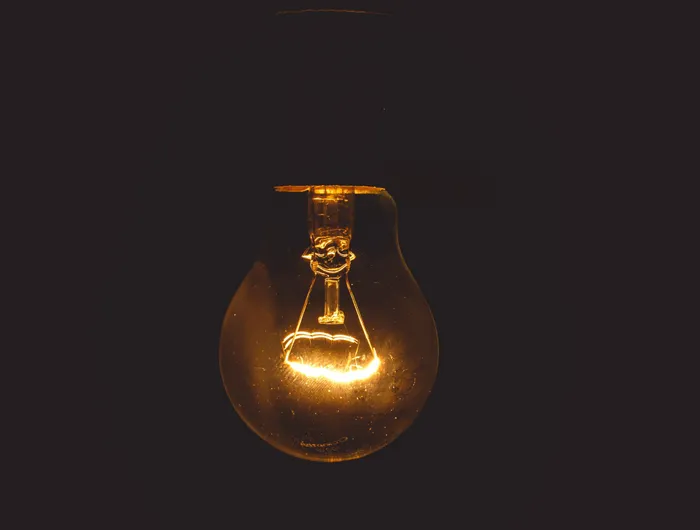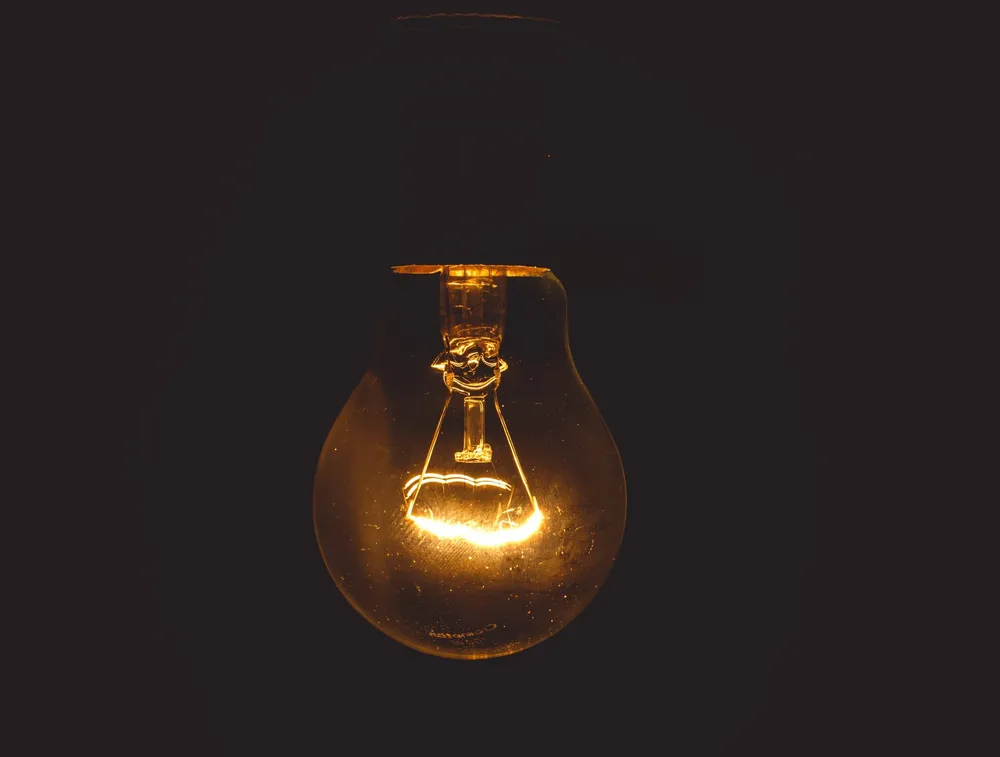Eskom’s hit to SA’s economy requires a rethinking of electricity distribution

Graphic: Timothy Alexander / African News Agency (ANA)
By Patrick Bond
Eskom chief executive Andre de Ruyter admitted at a renewable energy conference this week that his firm is now modelling the most brutal service delivery failure in the country’s history: “Stage 15 load shedding. I don’t want to know what that looks like,” but he anticipated it would cost 100 000 jobs.
The assumption made by nearly all economists is that Eskom is destroying SA’s socio-economic welfare, because of load-shedding’s adverse impact on the all-important measure, Gross Domestic Product (GDP).
The hardest hit is outputs from the deep mining, smelting and minerals processing industries, as well as from electricity-intensive sectors such as chemicals, refining, metals and automobiles.
SA’s total GDP is expected to be R4.8 trillion in 2022, with about 5% of that income (R230 billion) from the mining industry. As a result, Alexforbes chief economist Isaah Mhlanga estimates, the Stage 6 we’ve been suffering is costing R4 billion each day. At Stage 4, Nova Economics estimates the cost at R950 million daily.
Perhaps these are correct – but only in a narrow way. There are far better valuation methods to help us think about not just the narrow economics, but the broader political-economic merits of highly-intensive energy consumption. After all, GDP ignores wealth depletion when minerals leave the soil permanently, as well as the local pollution and greenhouse gases causing the climate crisis.
So if it can be shown that electricity cuts to mining and smelting output lead to wealth preservation – not destruction – because valuable minerals are left underground for future generations to extract more sensibly, then the economists’ models should be rebooted.

The net wealth depletion of mining varies radically, thanks to volatile prices. As one example, excluding the platinum and diamond sectors, the World Bank in 2019 calculated that in two years of extremely high commodity prices, 2008 and 2011, the depletion loss of both coal and gold, iron ore and other minerals exceeded $20 billion each year.
Even higher amounts of mineral value are anticipated to have left the earth in 2020-22 due to soaring prices and extraction volumes.
And by adding back the single largest mining sub-sector, Platinum Group Metals, at 23% of mining value (though neglected by World Bank researchers), the amount of wealth loss is double the contribution of mining to GDP.
The mining/smelting industries’ most active lobbyists are in the Energy Intensive Users Group (EIUG). Its 27 members, according to its website, “currently account for over 40% of the electrical energy consumed and collectively contribute to 22% of the South African GDP.”
Mining and smelting firms claim they are providing royalties and taxes, jobs, backward and forward economic linkages (to suppliers and customers), infrastructure investment and revenue inflows from exports. They also claim the biggest smelters help stabilise the grid.
Critics point out that these behemoths are not only consuming double their fair-share ration of net wealth and electricity/GDP but they are also insulated from Eskom’s full load-shedding, with industrial users only facing a 10% reduction of power at Stages 1 and 2, 15% at Stage 3 and 20% at Stage 4. And the biggest, South32, has a confidential Special Pricing Agreement dating to apartheid that gives them energy at around 1/8th the price per unit that ordinary households pay. So given that the net outflow of wealth and the consumption of power far outstrip the sector’s contribution to GDP, there is an urgent need to impose electricity demand management based on a rational cost-benefit analysis, instead of the current shared time-of-use power cuts affecting everyone.
After all, tens of millions of South Africans (mostly black) are unable to afford backup systems – home solar panels and batteries, generators and inverters – and so running a household without inexpensive, always accessible electricity means the unpaid labour of women soars.
For sexist economists, this matters not a whit, because like pollution and depleted mineral wealth, women’s unpaid labour – “social reproduction” – is not valued, and not included in GDP.
But it should matter to those who believe gender justice needs prioritisation in public policy. If so, there is an urgent need to switch electricity from the most inefficient guzzlers, to the women of households who require clean energy – not paraffin, wood or coal – to keep their families and broader society ticking over.
There are many targets for the early shutdown of electricity guzzlers. Consider two examples. South32 (formerly BHP Billiton) has two mega-smelters, one in Mozambique (Mozal north of Maputo) and Hillside at Richards Bay. Already more than 14 years ago, one of the country’s business leaders – Derek Cooper from Standard Bank – told then president Thabo Mbeki that, for the good of the country, Eskom should chop South32’s power supply for smelting, so the rest of the economy could receive the scarce power.
Cooper was immediately praised at FinWeek: “Those monsters are just about the least appropriate form of investment for South Africa’s stage of economic development. Aluminium smelters use imported raw materials, create few permanent jobs and raise major environmental issues. As both their supporters and critics concede, they’re in effect a way of exporting electricity – which is their largest single cost component.”
Five years later, in another load-shedding bout, such demand management came up again. Parliamentarians railed against South32’s extremely low prices, and a Ventures Africa writer remarked that belated cuts to South32 smelters were appropriate, because “Eskom’s move vindicates Standard Bank.”

Again, it is high time to question the abuse by EIUG’s mainly western multinational corporate membership. A few weeks ago, Business Day columnist Michael Avery called on Eskom to “mothball electricity-guzzling smelters.”
This is also common sense to the General Industries Workers Union of South Africa, which in July decried Eskom “subsidising this mega-corporate which imports bauxite to make aluminium.
“This process is not only extremely carbon-intensive and capital-intensive (with few jobs), but the Australian firm mainly exports the aluminium as well as the profits.”
A second obvious target for demand management is Sasol’s Secunda refinery, which is the world’s worst hotspot for CO2 emissions. In an extremely inefficient process, Sasol squeezes Mpumalanga coal and Mozambican gas to make liquid petrol. But this is an apartheid hangover from the oil sanctions era. Today, it is far less carbon-intensive to simply import refined petrol, and the closure of most local oil refineries over the past two years has not led to any substantial hitches when households and businesses fill up at their local garage.
Demand-management strategies are long overdue, and redistribution would bring real relief to the country’s majority-poor households, in terms of better access and lower prices. If power-guzzling by the western multinational corporations – a group far more adept at looting South Africa’s wealth than even residual White Monopoly Capitalists – continues, then we mortals will have to reduce consumption still further thanks to De Ruyter’s ratcheting up of load-shedding stages in coming weeks and months.
And that will simply illustrate ongoing state capture when it comes to Eskom, in a version just as wicked today as was engineered during the Hitachi bribery of Chancellor House for Medupi and Kusile contracts, and the subsequent Zupta era.
Bond is Distinguished Professor of Sociology at the University of Johannesburg, and author of the book “Politics of Climate Justice”.